Having issues signing in?
Use one of the following methods below to sign in.
Cocoa Butter vs. Shea Butter
When it comes to natural skincare, Cocoa Butter and Shea Butter are two of the most beloved ingredients. Both are prized for their nourishing properties, versatility, and ability to transform dry, damaged skin into something smooth and supple. But while they share many similarities, these two butters also have distinct differences that make each uniquely suited for specific needs.
In this blog, we’ll dive into the world of Cocoa Butter and Shea Butter, exploring their origins, benefits, and how they compare when it comes to skincare, hair care, and overall wellness. Whether you're looking to heal scars, moisturize dry skin, or enhance your DIY beauty recipes, understanding the strengths of each butter can help you make the best choice for your routine.
Let’s unravel the rich and creamy secrets of Cocoa Butter and Shea Butter!
Introduction to Cocoa Butter and Shea Butter
What Are They?
Cocoa Butter and Shea Butter are both natural fats derived from plants, celebrated for their remarkable moisturizing and healing properties.
How Are They Extracted or Sourced?
Modern methods have streamlined these processes for larger-scale production while maintaining the natural qualities of the butters.
Brief History or Traditional Uses
Both butters carry rich cultural histories and remain highly valued in natural and modern beauty industries worldwide.
Composition and Properties
Fatty Acid Composition
The effectiveness of Cocoa Butter and Shea Butter in skincare lies in their fatty acid profiles, which determine their ability to moisturize, repair, and protect the skin.
Contains oleic acid, a monounsaturated fat, which adds to its emollient properties.
Also contains linoleic acid, an omega-6 fatty acid that helps maintain the skin’s barrier function.
Nutrient Profile (Vitamins, Antioxidants)
Both butters are packed with beneficial nutrients that enhance skin and hair health:
High in phytochemicals, which promote skin elasticity and protect against environmental damage.
Contains vitamin F, a combination of essential fatty acids that soothe and hydrate the skin.
Texture and Consistency Comparison
Ideal for use in lotions and conditioners due to its pliability.
While Cocoa Butter is prized for its velvety richness and ability to form a protective layer, Shea Butter stands out for its lightweight texture and superior hydration properties. Choosing between the two often depends on personal preference and specific skincare needs.
Skin Benefits
Moisturizing Properties
Both Cocoa Butter and Shea Butter are excellent moisturizers, but they achieve hydration in slightly different ways:
Effectiveness for Dry or Sensitive Skin
Both butters are suitable for dry and sensitive skin, but their unique properties make them more effective for specific concerns:
Benefits for Stretch Marks, Scars, and Anti-Aging
One of the standout qualities of both Cocoa Butter and Shea Butter is their ability to address common skin concerns like stretch marks, scars, and signs of aging.
Cocoa Butter: Known for its effectiveness in reducing the appearance of stretch marks, especially during pregnancy or weight fluctuations.
Its antioxidants, including vitamin E, help improve skin elasticity and fade scars over time.
Regular use can enhance skin tone and texture, making it look smoother and more youthful.
Its high vitamin A content promotes skin cell regeneration, which is beneficial for fading stretch marks.
The anti-aging effects of Shea Butter come from its ability to stimulate collagen production, reducing the appearance of fine lines and wrinkles.
While Cocoa Butter excels in forming a protective barrier and is a go-to for preventing and minimizing stretch marks, Shea Butter’s versatility and regenerative properties make it a powerful ally in healing and rejuvenating the skin.
Hair Benefits
How Each Butter Can Be Used for Hair Care
Both Cocoa Butter and Shea Butter can be used to nourish and protect hair, though their applications differ slightly:
Cocoa Butter: Works as a sealing butter, helping to lock in moisture after washing or conditioning.
Often used in hair masks and deep conditioners to add shine and smoothness to hair strands.
Helps tame frizz and protect hair from environmental damage.
Ideal as a leave-in conditioner or pre-shampoo treatment to repair and hydrate hair.
Blends well with oils for DIY hair care products like serums and sprays.
Benefits for Dry or Damaged Hair
Both butters are highly effective in treating dryness and damage, though their strengths differ:
Cocoa Butter: Its emollient properties coat the hair shaft, providing protection from breakage and split ends.
Enhances hair elasticity, making it less prone to snapping under tension.
Great for restoring shine to dull, lifeless hair.
Contains vitamins A and E, which strengthen hair from the root and promote healthy growth.
Its lightweight texture makes it suitable for regular use without weighing hair down.
Usage in Curly Hair Routines
Curly hair thrives on moisture and protection, making both Cocoa Butter and Shea Butter excellent choices:
Cocoa Butter: Helps define curls and reduce frizz by creating a protective layer around each strand.
Can be used as a styling butter to enhance shine and hold in humidity-prone environments.
Ideal for thicker or coarser curl patterns that need heavier moisturization.
Works as a curl cream when mixed with lightweight oils, leaving curls bouncy and hydrated.
Suitable for all curl types, from wavy to coily, due to its lightweight yet nourishing properties.
Whether you need protection and shine from Cocoa Butter or deep hydration and repair from Shea Butter, incorporating these natural ingredients into your hair care routine can make a significant difference. Choosing the right one depends on your hair type and specific needs.
Choosing the Right Butter for Your Needs
Cocoa Butter and Shea Butter are both incredible natural ingredients with unique benefits for skin and hair. Whether you’re looking to lock in moisture, soothe sensitive skin, or repair damaged hair, one or both butters can be a game-changer in your beauty routine. The best choice depends on your individual needs, but why not enjoy the benefits of both in a balanced approach?
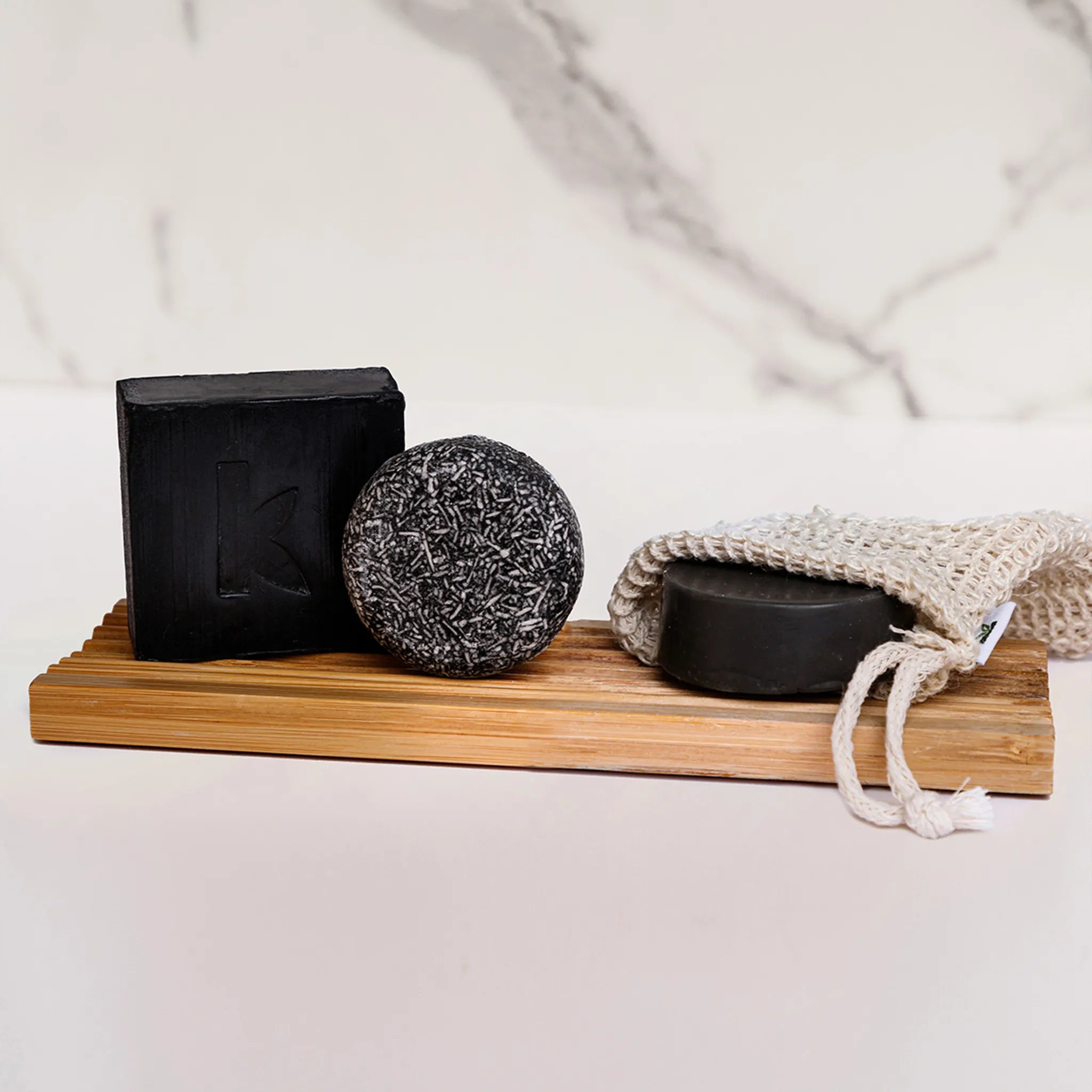
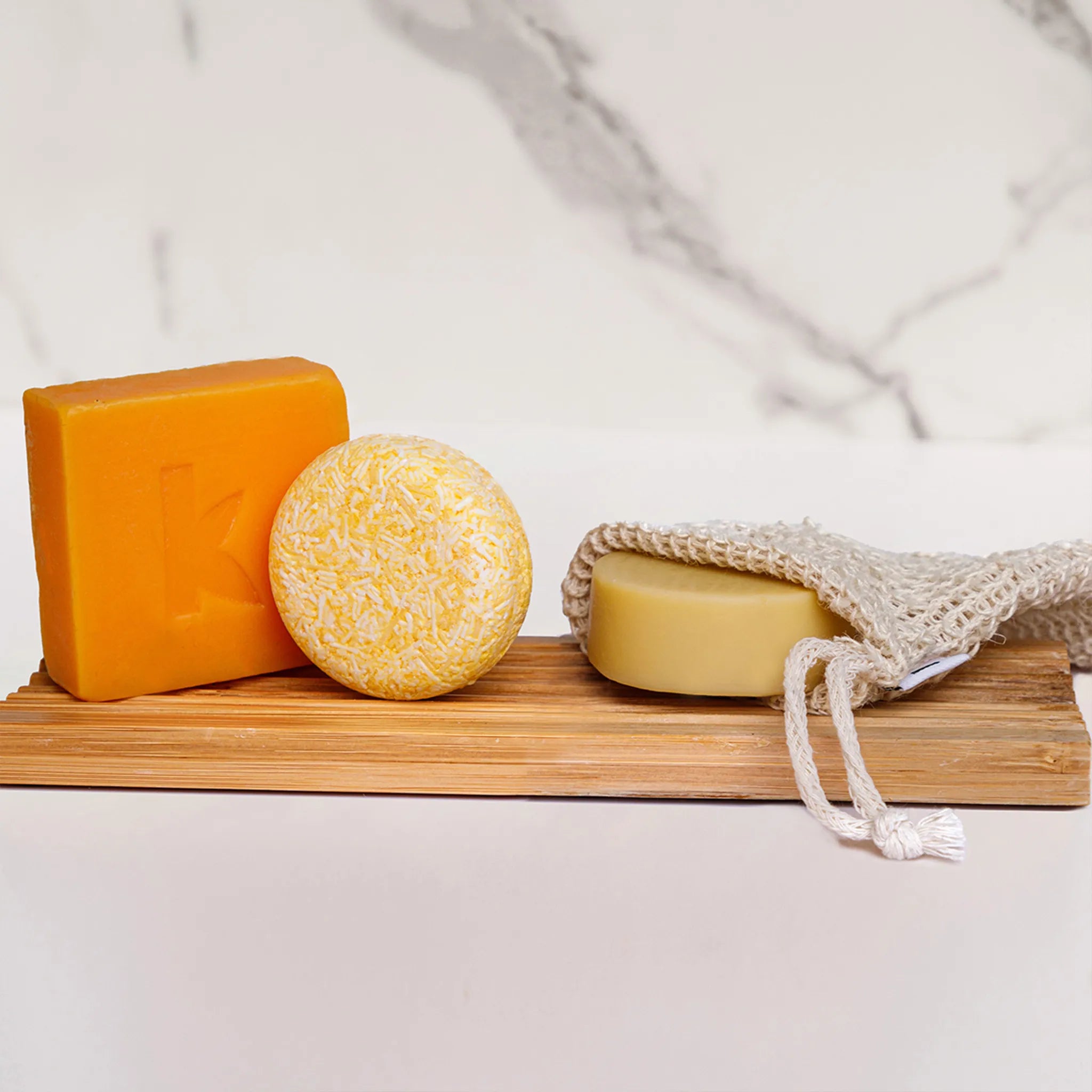
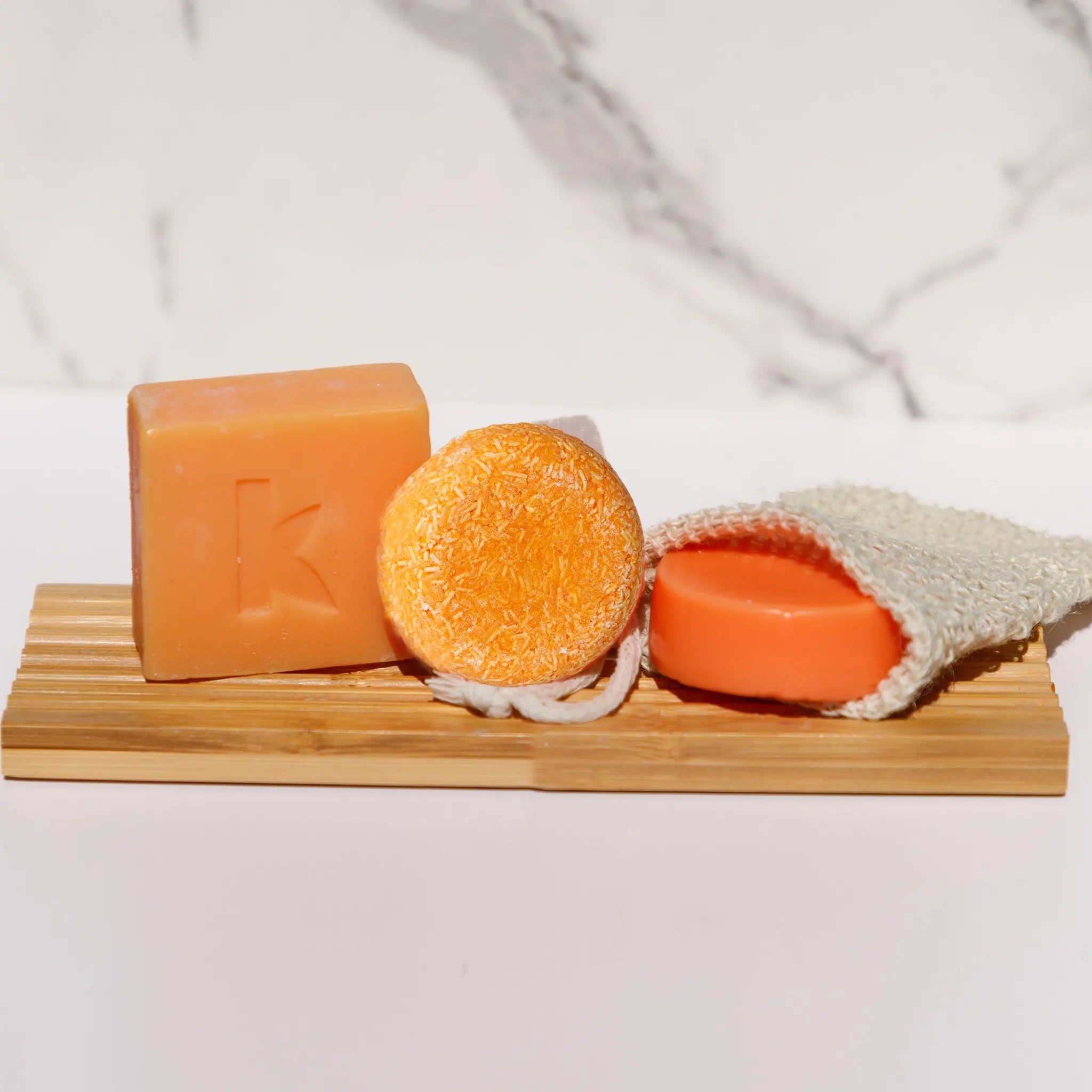
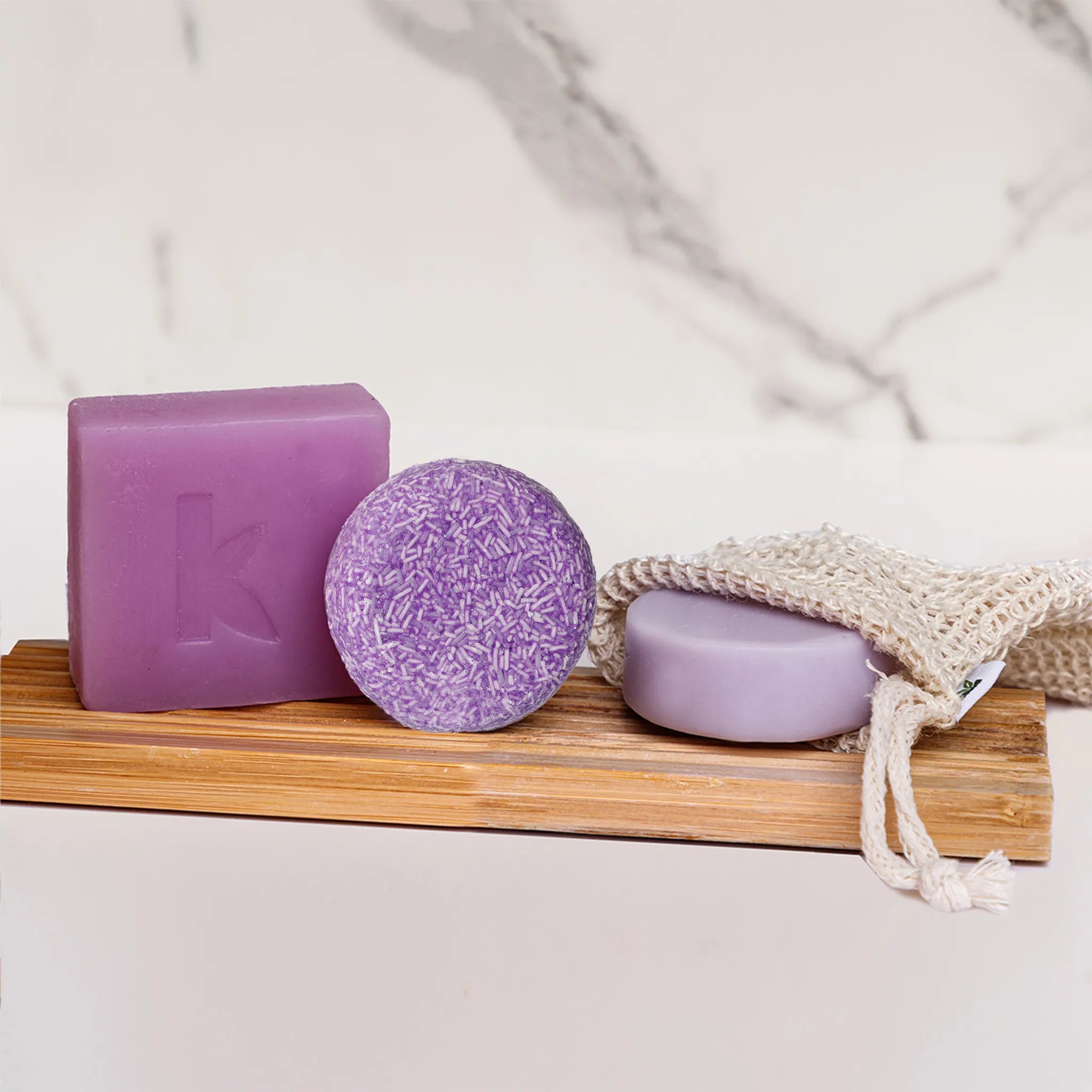
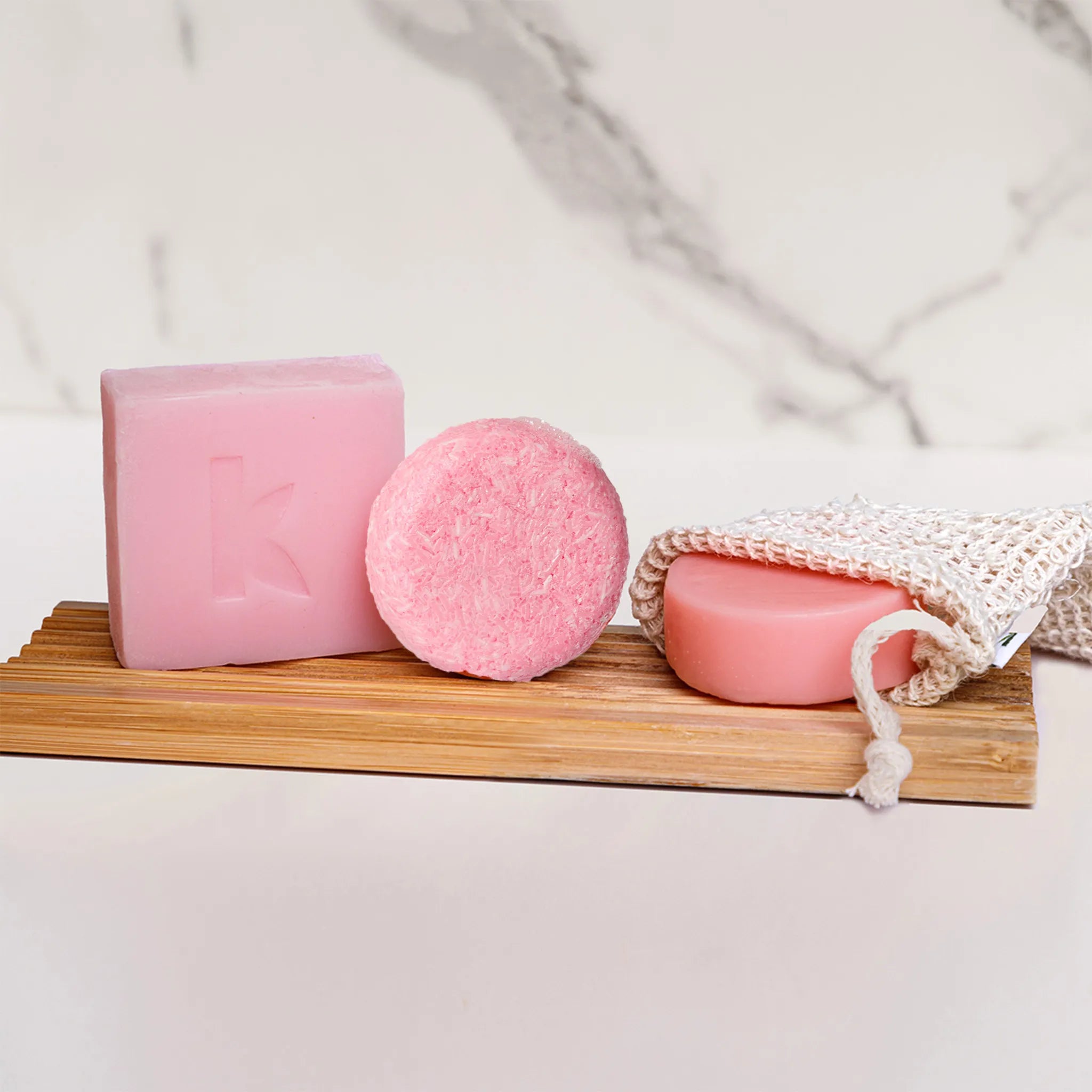

Elevate your shower experience with our honey shower bundle, transforming it into a zero-waste sanctuary. Discover the nourishing power of honey, a natural marvel celebrated for its ability to hydrate, strengthen, and rejuvenate both hair and skin. This thoughtfully curated set is designed to harmonize and enrich your daily routine. Embrace the soothing scent and incredible benefits of honey, enhancing your beauty regimen while supporting a sustainable lifestyle. Step into a routine that cares for you and the planet, leaving you feeling refreshed and revitalized.
Incorporating Nature’s Best into Your Routine
Harnessing the power of natural ingredients like Cocoa Butter and Shea Butter is a step toward a healthier, more sustainable lifestyle. These butters are key components in many high-quality, eco-friendly products, including our natural shampoo bars. By using products crafted with these rich butters, you’re not only nourishing your skin and hair but also contributing to a greener planet.
A Creamy Comparison of Cocoa Butter and Shea Butter for Skin, Hair, and Everything in Between!
Absolutely! Cocoa Butter and Shea Butter complement each other well. While Cocoa Butter provides a protective barrier and enhances skin elasticity, Shea Butter penetrates deeply to hydrate and soothe. Combining them can amplify their benefits for both skin and hair, especially in DIY skincare recipes or multi-purpose balms.
Shea Butter is generally better for acne-prone skin because it is non-comedogenic (doesn’t clog pores) and has anti-inflammatory properties that help calm redness and irritation. Cocoa Butter, on the other hand, is more likely to clog pores, so it’s best suited for dry or normal skin types.
Yes! Shea Butter is especially beneficial for the scalp, as it moisturizes dry, flaky skin and helps reduce dandruff. Cocoa Butter can also be used but is better suited for sealing moisture in the hair rather than directly treating the scalp.
Both Cocoa Butter and Shea Butter are excellent for reducing the appearance of stretch marks. Cocoa Butter is particularly known for its ability to improve skin elasticity, making it a favorite during pregnancy. Shea Butter’s high vitamin A content helps with skin regeneration, making it equally effective. For best results, consider using a combination of both.
Shea Butter is more effective for soothing sunburn because of its anti-inflammatory and healing properties. It can help reduce redness, hydrate the skin, and speed up recovery. Cocoa Butter is better for restoring moisture to the skin after the initial healing phase.
Shea Butter is generally better for curly hair due to its lightweight yet deeply hydrating properties. It works well as a leave-in conditioner or curl cream without weighing curls down. Cocoa Butter is also beneficial but works best as a sealant to lock in moisture after applying a hydrating product.
Yes, both are safe for sensitive skin, but Shea Butter is typically gentler and more versatile. It is less likely to cause irritation and is often recommended for conditions like eczema or rosacea. Cocoa Butter is better suited for individuals with dry or mature skin but may not work as well for overly sensitive or acne-prone skin.
Yes! Both Cocoa Butter and Shea Butter are gentle enough for daily use. Products like natural shampoo bars that incorporate these butters provide consistent nourishment and hydration without the need for additional chemical-laden treatments.